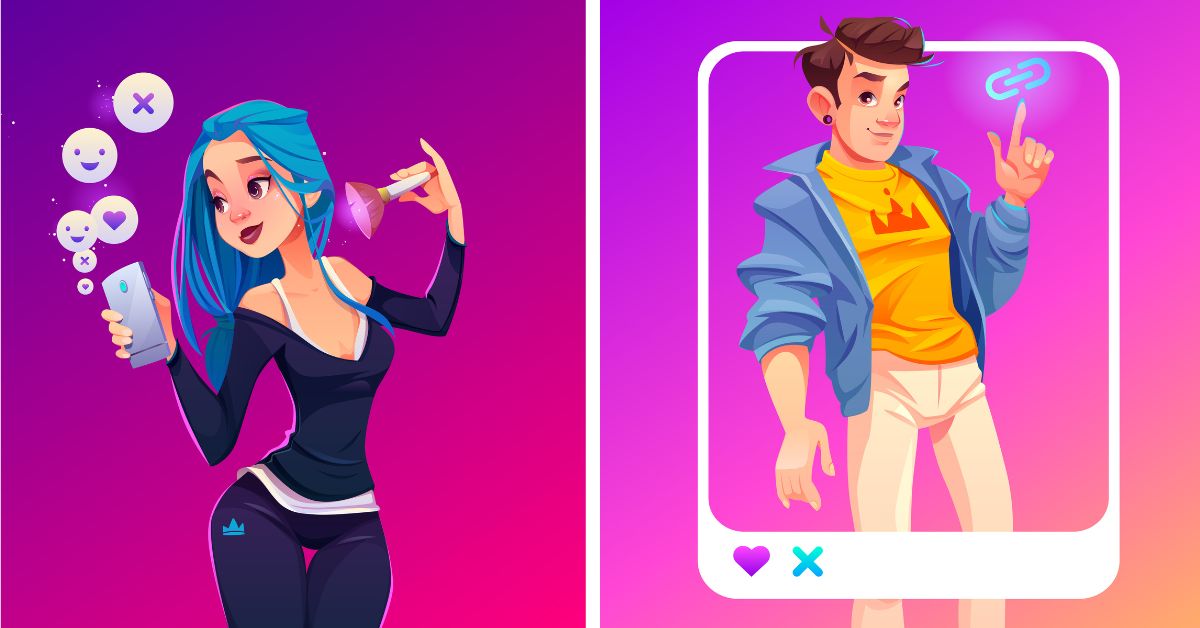Virtual Influencers- History, Future, And Everything In Between
“Out with the old, in with the new.” That’s how the world functions. And in our case, that’s precisely how the influencer marketing domain works. It seems like it was just yesterday when we were ‘influenced’ by watching our favorite Bollywood stars and veterans in advertisements on our televisions. And today, we have legitimate, socially approved (read social media approved) influencers doing that job. So can we say that influencers have replaced celebrity endorsements? And by that logic, can we also say that these influencers might be replaced by virtual influencers soon? Let’s take one thing at a time.
Speaking of celebrity endorsements and influencer marketing, it may not be completely true to say that influencers have replaced the big hero heroines that we watched on TV growing up. In fact, influencer marketing has paved a new way for advertising for celebrities. Influencers from different niches and celebrities from different backgrounds hold equal sway over their audience. It’s up to the brand how they want to channel it. But can we expect to see this harmony between traditional influencers and virtual influencers? Is this the infamous AI invasion that we have been fearing?
Let’s learn a thing or two about virtual influencers before we judge them
What are virtual influencers?
In simple and literal terms, a virtual influencer simply means a computerized character that has created an impact on a group of audience. In broad and Wikipedia terms, a virtual influencer is a computer generated character that is used for social media marketing campaigns. Virtual, non-existing people are driving the purchasing decisions of people all around the world- sounds like a sci-fi movie plot, does it not? Someday it will be but today, this is the reality and the future of influencer marketing.
Here’s a little history about the virtual influencers
Don’t make mistake virtual influencers to be the new kids around the block. They have been around the 80s, or 60s, or even 30s. This may be debatable but here us out. One of he very first traces of ‘virtual’ influencers can be traced back to 1930. Cynthia- a sculpture made by Lester Gaba. She wasn’t computerized but she was anthropomorphic and was featured in the Life magazine. Cynthia practically gave rise o the idea of mannequins. She was used to feature clothing and jewelry by many fashion brands.
Moving on, in the late 1950s we were given Barbie. She was more than a movie franchise. Barbie princesses and dolls have been influencing kids and adults all over the for over half a decade. And now, we have virtual influencers like Miquela and Shudu.
We already know the impact of influencer marketing on the consumers. But is it the same in the case of virtual influencers? Are fictional influencers as impactful as tradtional, real, human influencers?
To answer this question, we are going to bring forth one. What is the purpose of influencers? One of the benefits of influencer marketing is that it is a marketing strategy that generates high ROI and is perfect for long-term collaborations. Now, we know that real influencers have proven their worth. Brands all across he world have been benefited from them. Virtual influencers too can do the same. Here’s an example that will hit home.
Was there a phase in your childhood where you insisted on buying tiffin boxes or bags that came with the picture of Spiderman or Tom and Jerry or Barbie on it? By definition, you could also say that Stanley created a whole realm of virtual influencers for us before the influencer marketing a mainstream strategy.
Virtual influencers are as humanely as the living and breathing people. They too have stories, ethnicity, personality traits, and a choice of their niche. So, they are very much capable of driving the same results for a brand as a real influencer. Soon, you will see virtual influencers in all the influencer marketing niches that you can think of.
Do virtual influencers have more advantage over real influencers?
This is going to be a judgement call for the brands that work with influencers. Both here’s why virtual influencers can be more ubiquitous in the future compared to the real influencers.



